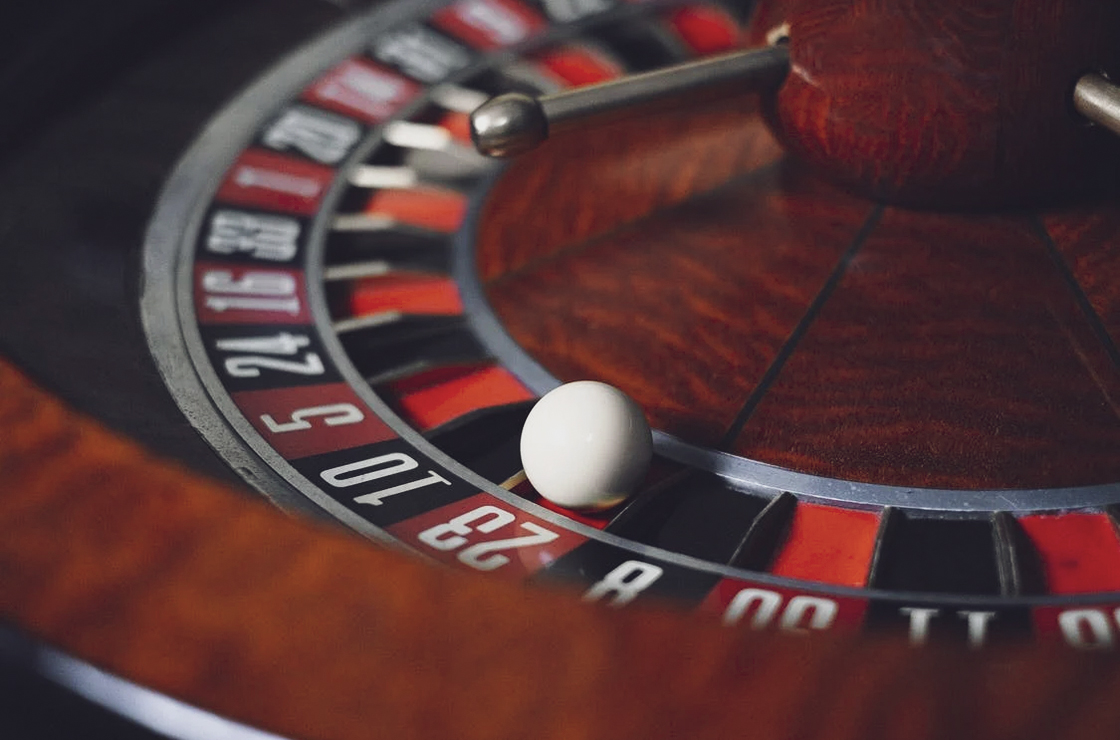An ante and a blind are both forced bets. Both decisions are made before the cards are given out. But if only two players (who are sitting to the left of the dealer) make blinds, everyone has to do the ante. It’s better to think of the ante as a way to pay to play the game and as something that goes into the pot. Ante is a small “payment” that is usually a tenth of the size of the big blind.
The main purpose of the ante is to stop players from dragging out the game by constantly throwing away their hands in search of a better one. Players who would have done this in the past are now forced to bet or lose their chips.
Antes aren’t always there, so you should carefully read the table’s description before you play. “Casual” games don’t have to have an ante, and games with blinds often don’t have one either. But its presence changes the game a lot. Even before the flop, there is already a big pot, which speeds up the game and makes it more interesting. This is why ante is often played in the later stages of tournaments. When there is an ante, more players keep playing with the cards they have instead of folding, which is good for televised tournaments. Blinds and antes are also used in most high-stakes cash games that are shown on TV.
In live cash games where the dealer changes every hand, the dealer may pay an ante for every player.

No responses yet